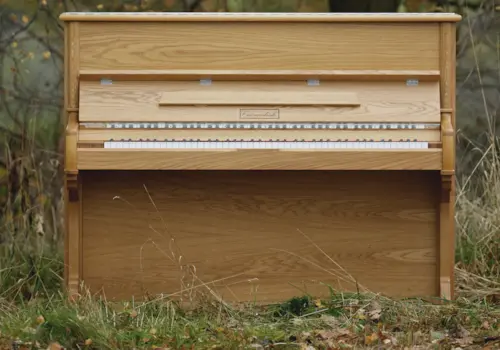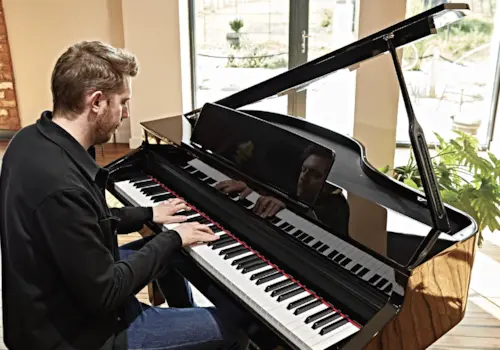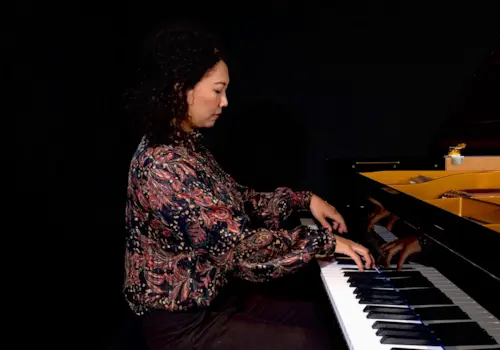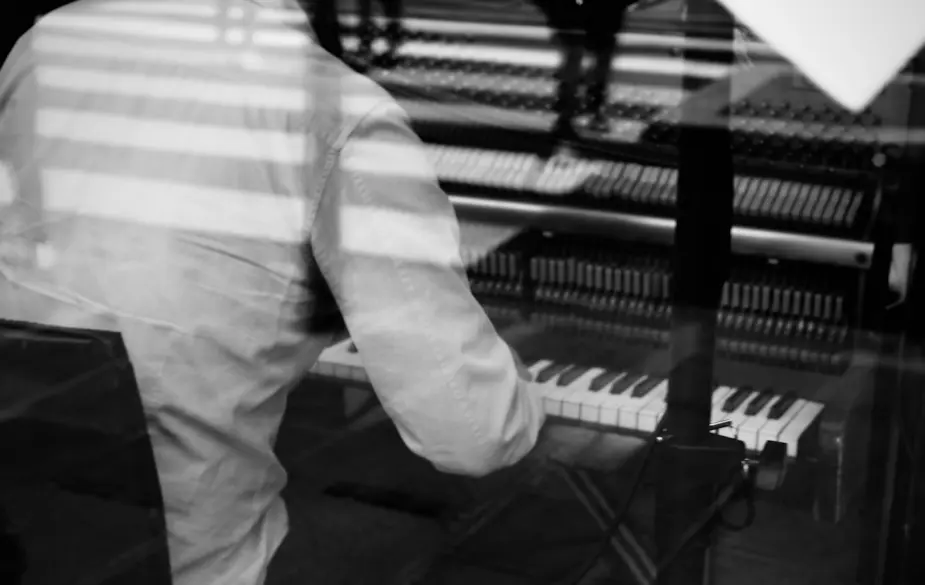Melanie Spanswick answers your questions every Tuesday.
Welcome to Q&A Tuesday with Melanie Spanswick! This is a brand-new series in which pianist, author, teacher and composer Melanie will tackle all your burning questions every Tuesday.
Our fourth question comes from Instagram. @aistepiano asks:
"Do you have any tips or advice on how to play fast runs of thirds, and how to practise them?"
Practising thirds is similar to working at many types of double note combinations. Double notes are when a pianist plays two notes together at the same time, using the same hand. Thirds are when two notes are played together a third apart. Before learning starts, make sure you are happy with your chosen fingering, and write it into the score. This is especially important when negotiating thirds or any double note pattern.
There are various ways of working at thirds, but why not begin by practising each line separately; first, the line which forms the top of the third pattern, and then the lower line. Be sure to practise each line using the fingering you will employ when playing both lines together. The top line will generally involve using the 'weaker' fingers, that is, the fourth and fifth, so aim to join this line in a legato manner, even if staccato is indicated. This is for practice purposes, to develop smoothness which will help with speed. You may also need to turn your hand and wrist slightly to the right as you play the top line, supporting these fingers.
Practice both lines very slowly, then as you play them together, use a deep touch into the key bed, until the patterns and fingering become embedded. I encourage students to apply various accents, in order to become secure with note patterns; if the patterns are in semiquavers, accent the first and third semiquaver beat and then the other way around (the second and fourth beat). It may also help to practice one-line pianissimo whilst playing the other, fortissimo, and vice versa. There are lots of combinations on this theme.
As speed is added, lighten your touch and aim to skim lightly over the keys. Keep the hand and wrist loose and relaxed, and support the quick movements with a light forearm and moveable elbow. Hopefully, the thirds now feel manageable at speed.
Join us next Tuesday for question 5.
Have you got a question you’d like to ask? Contact Ellie at [email protected].







